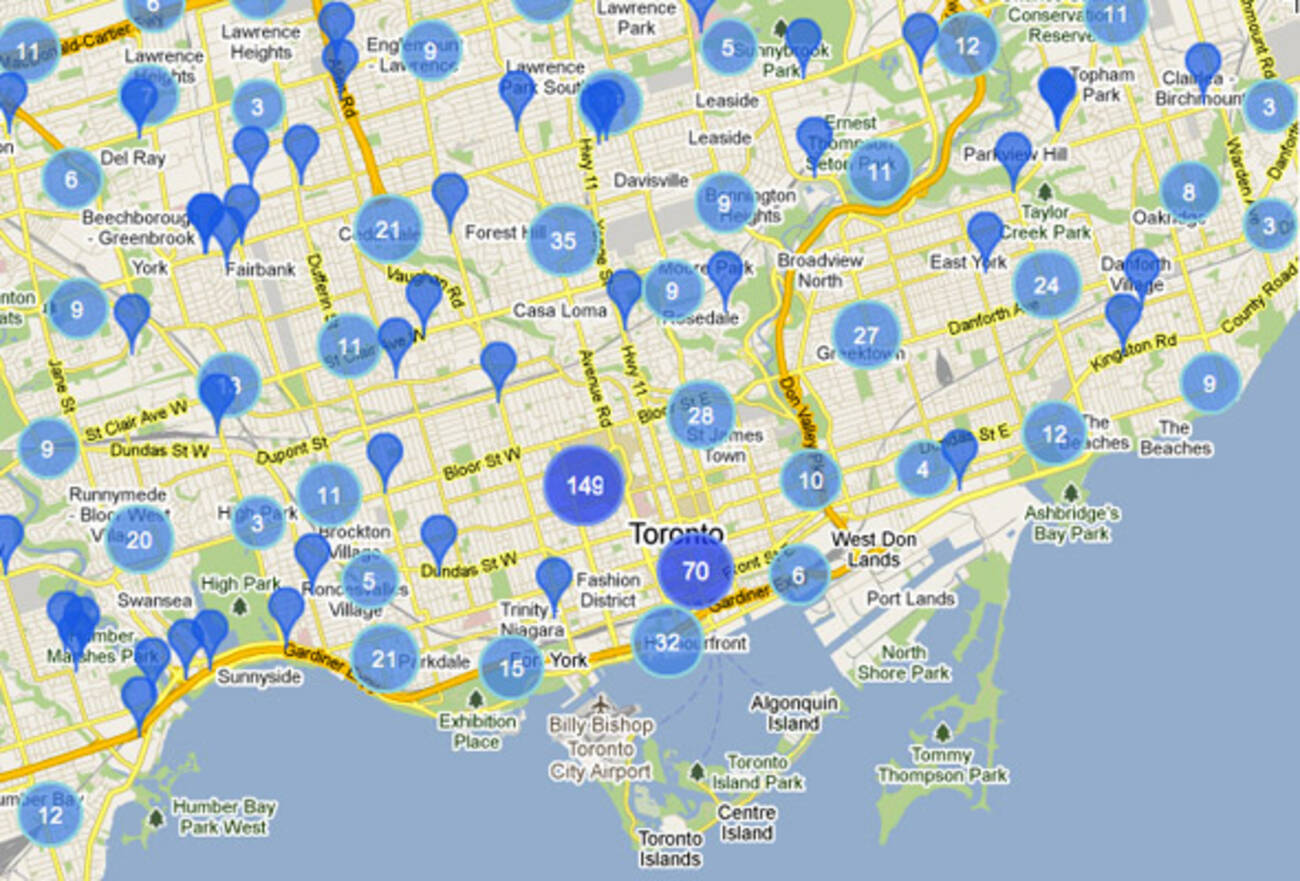If you've ever wandered through a town you might have noticed tiny mini 5G cell towers on the poles of street lights. They look like little boxes however, they're actually transmitting wireless signals from cellular providers to your phone.
These smaller towers are replacing larger built cell towers. Although they're not as visible but they can still create problems for those who live nearby.
A FCC's Radiation Exposure Thresholds
The FCC's Radiation Exposure Thresholds determine the safe distance that one can expose to electromagnetic radiation from wireless devices. The limits of exposure are based on research which prove that electromagnetic energy can cause harm to health.
The absorption rate specific (SAR) is an indicator of the radiofrequency energy that is taken up by tissues. It's usually 1.6 watts per kilogram, spread over a Gram of tissue.
Since 5g is able to transmit at higher frequencies and has the potential to create more energy on the skin and other directly-exposed body parts. This can result in a wide range of potential harms, including exacerbated development of skin diseases like dermatitis, skin cancer and cataracts.
Due to the possible negative effects of 5G radiation, PSU has chosen to set a general localized maximum power density of four MW/cm2 averaged on 1cm2, but not to exceed 30 minutes for the entire 5G spectrum at 3000 GHz. This localized limit is in accordance with the maximum SAR that is spatially averaged at 1.6 W/kg, which is averaged over 1 g of tissue at 6 GHz.
The FCC's Maximum Exposure Thresholds
If you've ever used a cell phone, you're probably aware that the safest distance from the tower is around 400 meters. This is because the transmitting power of a cell tower increases dramatically the further away the tower is.
While this sounds like something that's good, the reality is that people who live close to towers might be more prone to health problems. For instance, a study conducted in 2014 in India found that those who lived within 50m of cell towers experienced much more health problems than those who lived farther distance from them.
However, what is safe distance from 5g tower showed that residents who moved to areas that were further from the cell towers saw their symptoms improve within a few days. safe distance from cell tower have shown that exposure to high amounts of electromagnetic field radiofrequency (EMFs) can lead to cancer, brain tumors as well as other health issues.
This is because radiofrequency radiation, utilized in wireless communications, can penetrate the human body's exterior layer, which is the skin. It is crucial to know because the skin acts as a shield against mechanical injury, infection from pathogenic microorganisms, as well as the entry of harmful substances. It is also the biggest organ of the human body and is accountable for maintaining the integrity of other organs.
The FCC's Minimum Exposure Thresholds for the Minimum Exposure
The FCC's Minimum Exposure Thresholds are based on various assumptions that aren't supported by scientific evidence. They include the incorrect belief that exposures to RF radiation are safe because of the minimal penetration into the body (i.e., tissue heating).
This also overlooks the more extensive penetration of ELF elements of modulated radio signals, as well as the effects of brief bursts of heat from pulsed RF waves. These assumptions do not correspond with the current understanding of biological effects of RF radiation. Therefore, they should not be considered for health protection exposure guidelines.

In safe distance from cell tower , the ICNIRP and FCC are limiting their maximum exposure limits to local peak SARs, based on the peak spatial specific absorption rate (psSAR) which is not a sufficient dosimetric tool to assess the amount of exposure to RF radiation. In particular, psSAR is inaccurate when frequencies exceed 6 GHz. Additionally, psSAR hasn't been evaluated for RF radiation that is exposed to other environmental agents such like sunlight. Interactions of RF radiations with different agents in the environment could result in antagonistic or synergistic results. This would result in an increased risk of adverse health adverse effects. For instance, exposure to RF radiation along with exposure to sunlight can increase the risk of skin cancer, as well as aggravate other skin diseases such as acne.
